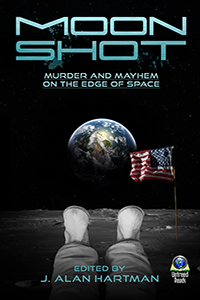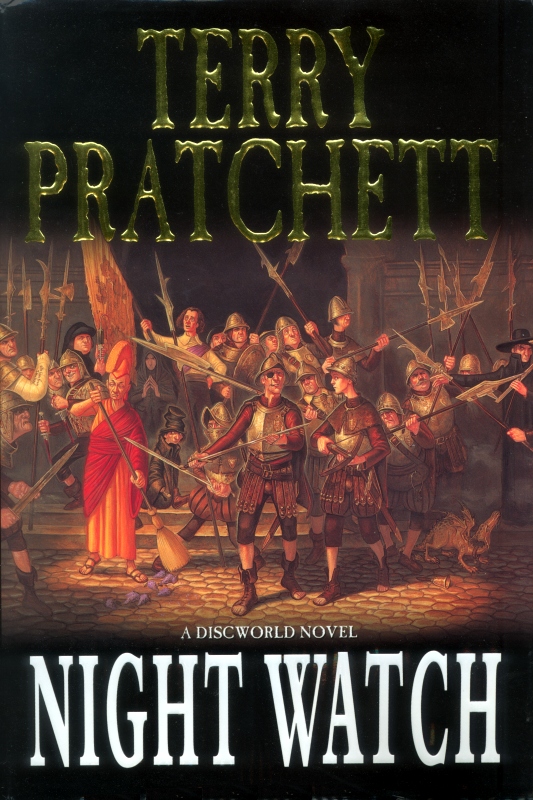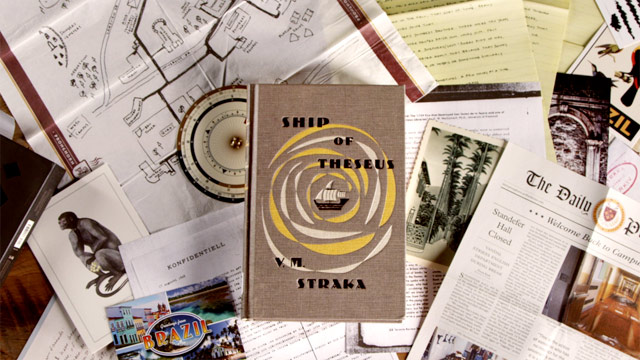I swear to God, I wrote most of this before I heard the story of the Florida theater shooter who is claiming that he had a right to stand his ground and shoot to death a man who threatened him by... throwing popcorn at him. So...
As you regular readers know, I do Alternatives to Violence Project workshops that at the state penitentiary. Most people think I do them in order to help the prisoners - which I do - but what most people can't grasp is that I've learned an awful lot about violence and non-violence from these workshops: violence and non-violence in my world, my state, my town, my self. And as I say to the guys, each and every workshop, I need all the help I can get.
There's a lot of talk about peace - in the Middle East, in Africa, on our streets, and during the recent holidays the whole "peace on earth, good will to men" thing was, as usual, trotted out regularly and OH, how I wish there was more hope of its coming. Every time I hear about another shooting, massacre, war, double-homicide, mass shooting, etc., all I can say is "How long, O Lord? How long?" To which the Lord might very well reply, "How long, O people? How long will you keep beating your plowshares into swords and your pruning hooks into spears?" Because we could stop. We could try to stop.
Why don't we?
That's why I do AVP. Because I'm wrestling with why we do not stop. Why I don't stop. Don't get me wrong. I don't own any guns, and it's been years since I punched anyone. But I can rage, inwardly, with the best of them, with the worst of them, and that troubles me deeply. Why can't I stop?
That's why I enjoy doing AVP workshops: because at least we discuss these issues and other issues of fear, jealousy, violence, pride, manhood, control, and what to do about it. And I mean a real discussion. Political and religious platitudes, slogans, etc., break down very quickly. Instead we walk the guys through it:
For example. I am angry. At that person over there. I have the RIGHT to make him/her aware of my anger, and change what they're doing to piss me off. What do you mean, I don't? What do you mean, I don't have the right to tell them to obey me, and if not to yell at them, cuss them out, hit them or kill them? Why not? What are the options? What can I do? I can't just sit here, feeling all this anger and fear and crap, I've got to DO something about it, right? I'm a man, a man's supposed to DO something. What do you mean, walk away? Suck it up? Think about it? Work through what I can actually change and what I can't? I'm a man. Men don't do that. Yeah, I'm sick of getting jumped, shoved, pushed, decked, punched... I'm even scared of it. But what the hell else am I supposed to DO?
Walk away. Turn away. Move on. Suck it up. Do something different. Lead with your mind, instead of your emotions, at least until you have more emotions on tap than fear and anger.
The very idea that there is such a thing as a non-violent alternative is alien to almost everyone in the pen (unless they've been to our workshops), and it is, apparently, alien to a whole lot of people who have not yet reached incarceration. We revere Gandhi and Mandela and King - but you know, our society reveres them the way you would admire saints in a niche. Nobody studies them. Nobody takes a look and analyzes how they managed to choose an alternative to violence. We don't teach our children how to practice non-violence. We don't teach our children self-control, or meditation, or how to recognize the emotions and thoughts that are running through their minds and how to deal with them.
AVP has lots of exercises, from role-playing to community building to meditation. In one exercise, we're divided up into pairs, A and B, and for two whole minutes, A tells B the things they like about themselves. B has to listen, no comments. Then they switch and repeat the exercise, with A listening to B. 99.9% of the time, what they say they like about themselves is what they do. "I like to hunt, to fish, to play sports, to draw, to play music, to read, to watch TV, to hang out with friends, to work on cars, to..." It's all about doing. Almost never do you hear anyone say, "I like that I'm a loyal person, that I'm brave, loving, kind, hopeful, a dreamer, a hard worker..." And never yet have I heard something like, "I like that I am a human being. A child of God. A man. A woman. Alive."
I think this holds true for all of us, not just people in prison. We do not believe in being, we believe in doing. And yet, that's the most important part, isn't it? Why is it so hard to talk about who we are? And how can we change ourselves if we don't know who we are? If we are running away from the reality of ourselves all the time? How can we have peace if we do not understand the roots and ribbons and cables of violence that run through not just the world but ourselves? Our own minds and hearts?












 Characters are the people who populate your book. From the protagonist to the horrible bad guy to the cute little girl next door who listens to the neighbors and learns exactly who is sleeping with whom. I've known many writers who say that all of their characters are actually them. And that likely is true to a great extent. However, I have never killed anyone in reality. Only in fiction. I try very hard to make that character unlikable enough that someone wants to kill him or her. You don't have to write much about the dead character if you'd rather not. But you might want to let the reader see who that person is through the eyes of the other people in your book. Especially the characters who might have the best reason to kill that person. And you hope there is one person who has the best reason. And the means and opportunity.
Characters are the people who populate your book. From the protagonist to the horrible bad guy to the cute little girl next door who listens to the neighbors and learns exactly who is sleeping with whom. I've known many writers who say that all of their characters are actually them. And that likely is true to a great extent. However, I have never killed anyone in reality. Only in fiction. I try very hard to make that character unlikable enough that someone wants to kill him or her. You don't have to write much about the dead character if you'd rather not. But you might want to let the reader see who that person is through the eyes of the other people in your book. Especially the characters who might have the best reason to kill that person. And you hope there is one person who has the best reason. And the means and opportunity.















